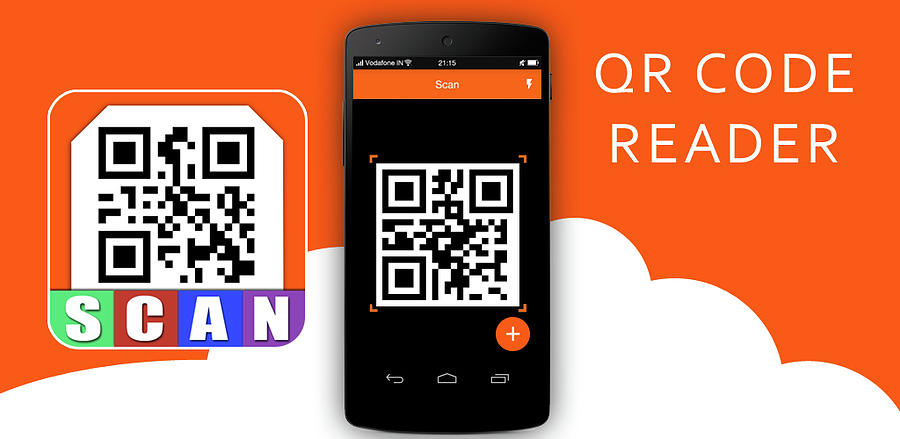

We learned a little bit about how barcodes and QR codes differ, but how exactly do QR codes work? QR codes can hold hundreds of times more encrypted characters than a barcode can. QR Codes Hold More Dataĭue to a QR code's square shape, it can hold much more data compared to a barcode. QR codes offer more passive and intangible information, such as location data and URLs to promotions and product landing pages. Barcodes hold key product information at the point of sale, such as the price and name of the manufacturer. QR codes are often used differently than barcodes. QR codes are often square-shaped, displaying their data vertically and horizontally. QR Codes Are Shaped Differentlyīarcodes are typically rectangular, which requires scanning devices to read the barcode's data horizontally. However, there are several differences between barcodes and QR codes - both in their uses and their characteristics. Traditional barcodes are still a common way for businesses to identify consumer packaged goods (CPGs) and manage their product inventory. Although most smartphones scan QR codes automatically, many won't scan barcodes so easily - you'll need a special app for that.ĭoes the rise of QR codes mean traditional barcodes are a thing of the past? Of course not. QR codes are two-dimensional and the data stored in them is read horizontally and vertically.īoth barcodes and QR codes can be scanned using a laser or a smartphone as long as the tool being used has the correct capabilities of reading vertical and horizontal data. Barcodes are one-dimensional and the data stored in them is read horizontally.

QR codes and barcodes are similar in that they are both visual representations of data, but how the information stored within them is read sets them apart.


 0 kommentar(er)
0 kommentar(er)
